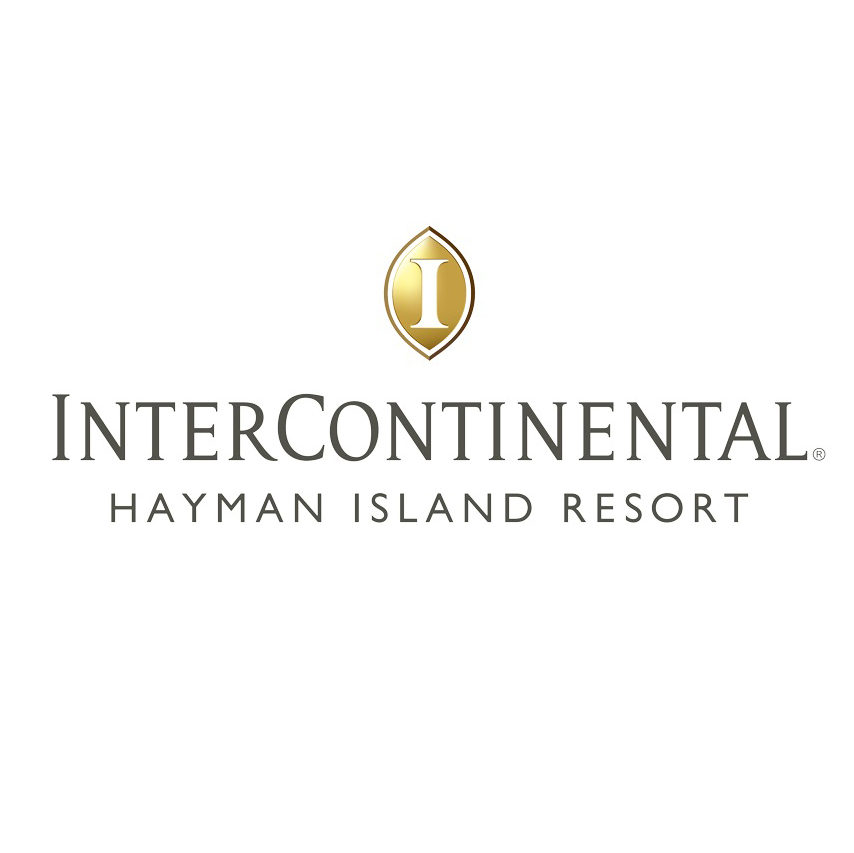Achieve a comprehensive view of your entire asset portfolio of buildings and facilities accessible at anytime and from anywhere. Keeping track of time and resources is vital to ensuring facility management efficiency. Hardcat solutions offer complete visibility of all your assets and let you efficiently organise your resources to support routine and reactive maintenance of physical assets. You’re also able to track parts inventory to establish accountability for part and tool usage, and to help understand the complete cost of facility management. Hardcat solutions also support the tracking of assets within the facility; from tools to vehicles, wireless devices, radios, building equipment and much more.
Hardcat’s configurable software and customisable dashboards create an engaging user experience and single source of truth view of all assets from procurement to disposal. The solutions derive rich and actionable intelligence to plan, operate, maintain, renew and retire any asset type.
Discover the transformative power of property management and maintenance software with Hardcat. Our cutting-edge CMMS is more than just a tool – it’s the cornerstone of success for facilities and building management teams worldwide. By seamlessly integrating essential tasks and centralising operations, Hardcat empowers businesses to operate with unmatched efficiency. Say goodbye to costly downtime and hello to proactive maintenance strategies that preserve the value of your assets. Revolutionise your approach to property management with Hardcat today.






